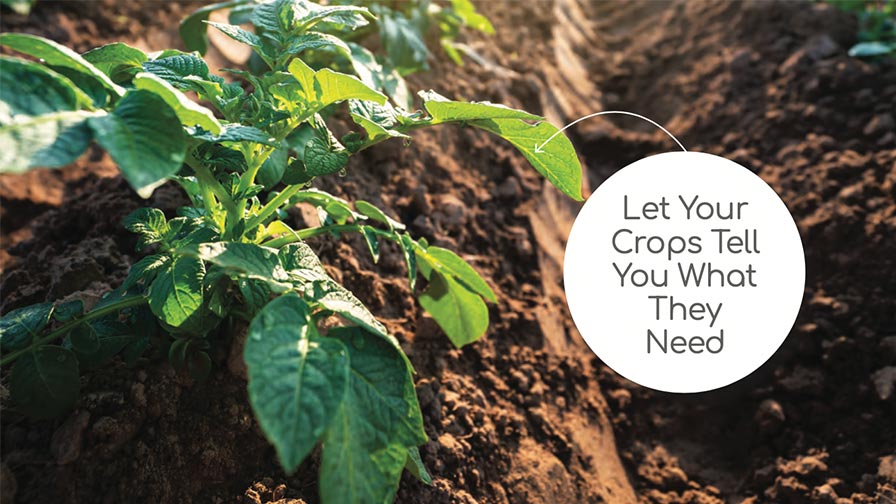Team Effort Keeps Watermelon Growing Strong in Florida
Did you know Florida is the top producer of watermelon in the U.S.? According to USDA, the Sunshine State accounted for 25% of all domestic supplies in 2019. Even though the crop is grown all over the state, more than a third comes from the Suwannee Valley. In the middle of it all is Bob Hochmuth, Assistant Director of the UF/IFAS North Florida Research and Education Center’s regional campus. He knows how important communication is, especially during this time of year when regular visits are made to the field to scout out early signs of disease, pests, and nutrient deficiencies.
When an issue first emerges, Hochmuth and 11 other Extension agents in the region activate an alert system that informs growers and managers of roughly 50 watermelon farms — as well as many allied industries — about the potential threat and how to combat it.
“We put out the Weekly Watermelon Update every Monday, but sometimes we will send multiple messages a week when we’ve identified an issue that growers need to address right away,” Hochmuth says.
A few weeks ago, one such issue reared its head: Gummy stem blight, a fungal infection that affects the stems and leaves of watermelon plants, was found in several fields in the area.
“When we have a potential outbreak of a disease, like gummy stem blight, we act fast to give growers the unbiased, science-based information on the disease and best practices for controlling it,” Hochmuth says.
The alert system is a combination of the core Extension principle of face-to-face outreach, along with rapid, modern communication tools.
“Currently, they are very active with a weekly Tri-County area watermelon update sent out weekly in the form of text and email to all the growers in the Suwanee River Valley describing and diagnosing insects and diseases found throughout the week, helping the growers to have a proactive spray plan to combat the disease along with educating through leaf sap samples and water monitoring to use fertilizer recommendations to the best of our abilities,” says Laura Land of Jody Land farms. Land is past president of the Florida Watermelon Association.
In addition to disease and pest information, the weekly update includes the latest news about weeds, pollination, weather, irrigation, food safety, field days, and ongoing research projects.
“This past year we’ve also been able to share best practices for keeping agricultural workers safe during the COVID-19 pandemic,” Hochmuth adds.
While the weekly update arrives as an email, agents also follow up with growers via a text messaging system, allowing them to reach growers while they are out and about on the farm. Growers can ask questions and send photos, all in real time. Agents also connect growers with rapid diagnostic services through UF/IFAS’ Soil Testing Laboratory and Plant Diagnostic Center.
For Courtney Davis of Gowan Seed Company, the weekly update provides insights for industry suppliers as well.
“I find the update is useful because it gives me an overview and summary of what is going on with North Florida when I’m not able to get up there every week myself,” she says. “The updates not only give an overview of North Florida conditions but also recommendations for problems you encounter as well. I like to hear about the progress of the crops, anything that we need to be aware of and solutions to our problems that are practical real-world solutions.”









